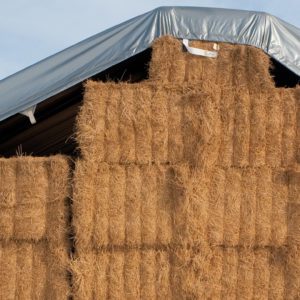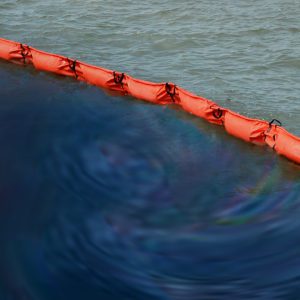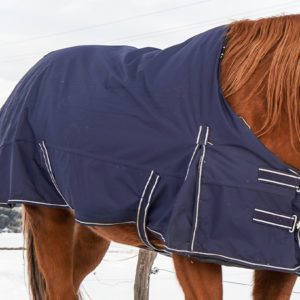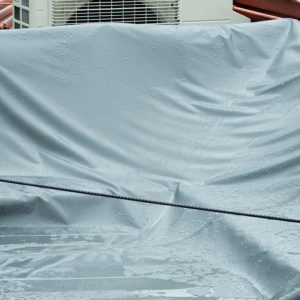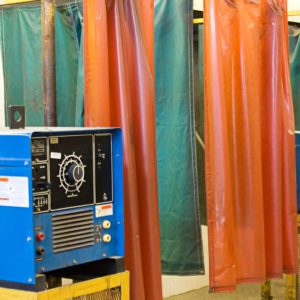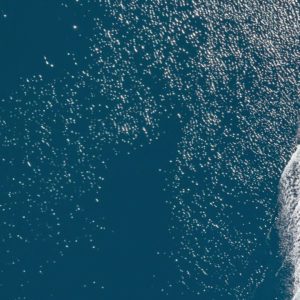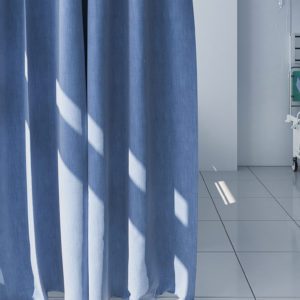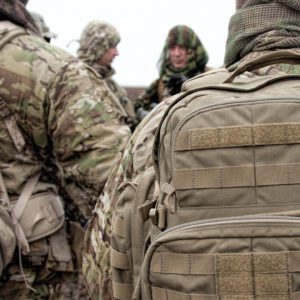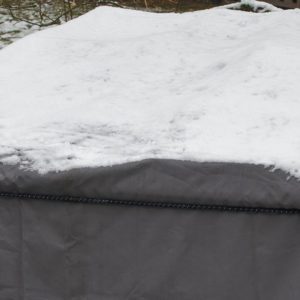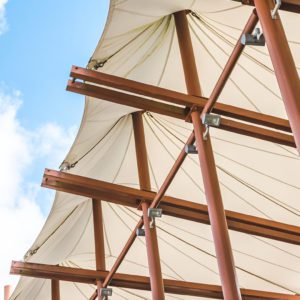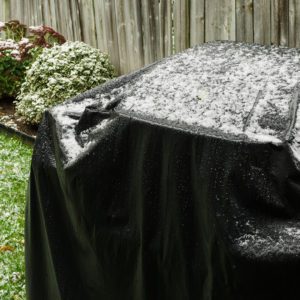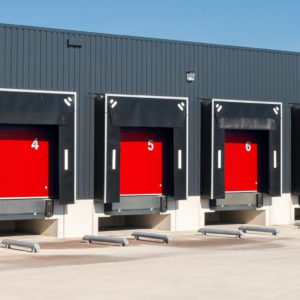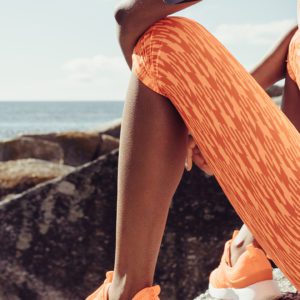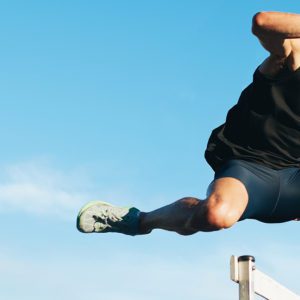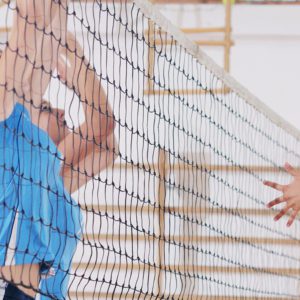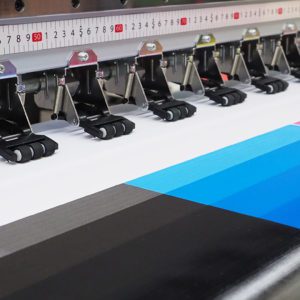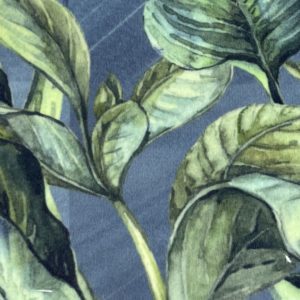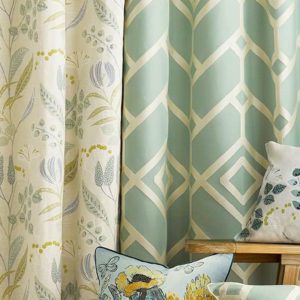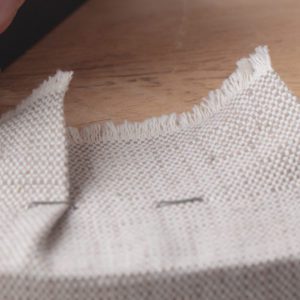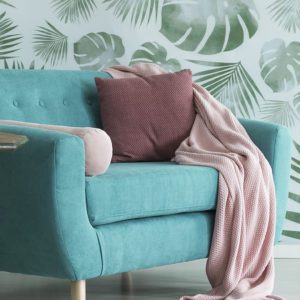Overview
Textile printing has been around for hundreds of years. From simple woodblock prints to the extraordinary detail of dye sublimation prints, textile printing is really cool.
Textile printing is loosely divided into two groups: analog and digital. The two most common analog methods, rotary and flatbed printing, use mesh screens to apply dyes or pigments to fabric. These analog textile printing methods do not use computerized technology.
This article will give you a basic overall understanding of rotary and flatbed screen printing. You’ll also get a quick overview of dyes and pigments.
Screen Textile Printing
Screen printing is a method that uses mesh screens to transfer pigment or dye onto a substrate using a squeegee to force dye through the screen. Original screens were made of silk (silk screening). Rotary screens are commonly made of nickel.
Note: These methods are best with larger orders of 1000+ yards.
Rotary Printing Basics
Color is applied through a perforated cylindrical screen. As the screen rotates, a squeegee device inside of the screen pushes the ink through the cylinder and onto the fabric.
- Each color requires a separate screen.
- Rotary machines typically hold about 8 screens but can hold up to 16 screens.
- Each screen costs between $350-$500 to produce.
- Screen storage can be an issue.
- Best method for larger orders of 1000+ yards.
Advantages of Rotary Printing
- Rotary printing is great for high volume projects.
- Because it’s produced on a cylinder, there is no line from where the print starts and ends (unlike flatbed). This allows for a never-ending print with a complete pattern repeat.
- Speeds are extremely fast.
Disadvantages of Rotary Printing
- Photographic detail is not achievable.
- Unable to layer multiple designs.
- If regular dyestuff is used it requires the fabric to be washed and scoured, resulting in pollution and added expense.
- Screens are expensive.
- Screen storage can be a challenge.
Best Substrates
Natural fibers (cottons and cotton blends)
Flatbed Printing Basics
Pigment (or dye) is applied to flat screens in a back and forth manner, which allows for great penetration into the fabric. The design is cut out where the ink should go (similar to T-shirt printing).
- Each color requires a separate screen.
- Screens are less expensive than rotary screens.
- Screen storage can be an issue.
- Best method for larger orders of 1000+ yards.
Advantages of Flatbed Printing
- You can lay down more ink for better penetration due to the back and forth motion.
- Screens are less expensive than rotary screens (approximately $150-200 per screen).
Disadvantages of Flatbed Printing
- Quality is not quite as good as rotary.
- Cut lines are visible from pattern change.
- Slower printing speeds than rotary.
- Screen storage can be challenging.
Best Substrates
- Natural fibers (cottons and cotton blends)
How to Match the Proper Dye to the Right Fabric
In general colorants can be divided into two basic categories:
Dyes:
Dyes are actually absorbed into the fibers of the fabric. Depending on the fabric, different dyes are used. The three main types of dyes are:
- Disperse (for polyester)
- Reactive (for cotton and cellulosic fabric)
- Acid (for nylons and silks)
Pigments:
Colors that adhere to the surface of the fabric using a binder. Because pigments are sitting on the surface of the fabric, the type of fibers do not matter; pigment inks will work on any fabric. However, the most commonly used fabrics are cottons and cotton blends.
For rotary or flatbed printing, pigments are used the majority of the time.
Note: Some people call them “inks” but they are really dyes. Depending on a person’s background, the verbiage will change.
Summary
Rotary and flatbed are two popular analog printing methods. They use mesh screens to push pigments, dyes, or inks onto fabric. Best used with larger orders of 1000+ yards. Rotary printing allows for continuous printing with never-ending pattern repeats. Flatbed printing is less expensive but is slower and there may be visible lines where the screen ends. Pigments are the most common colorant used in both of these analog printing methods.
